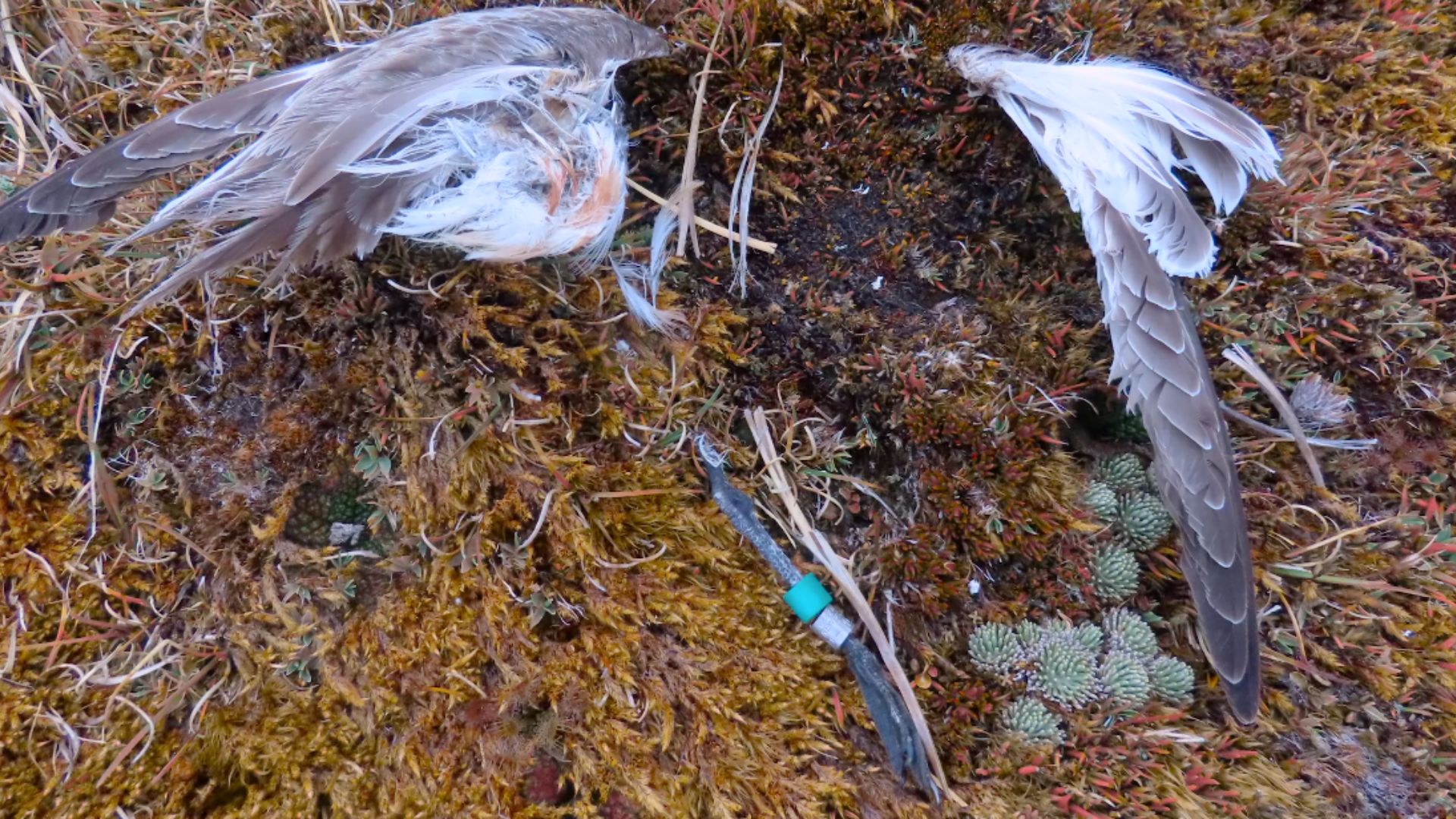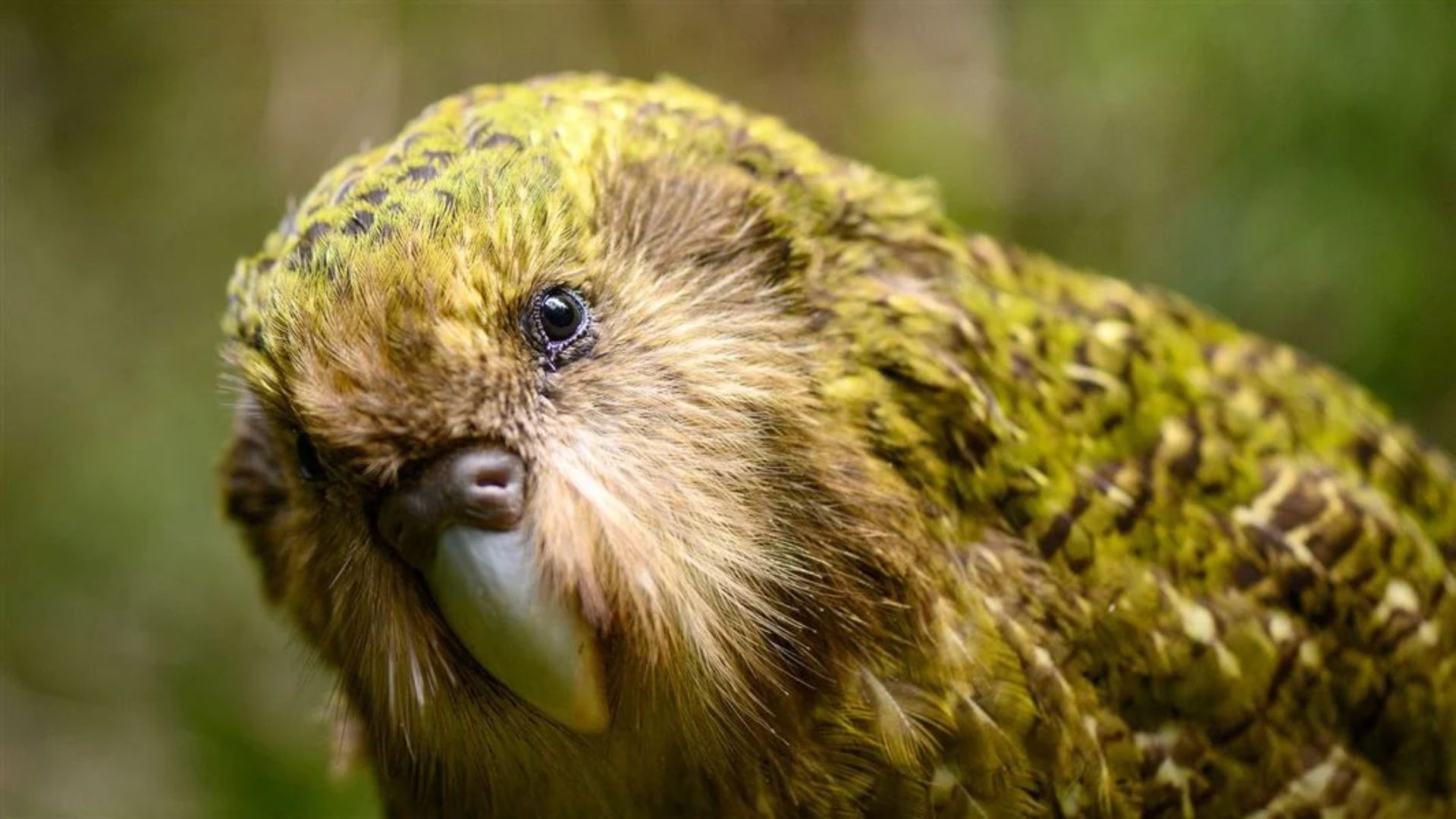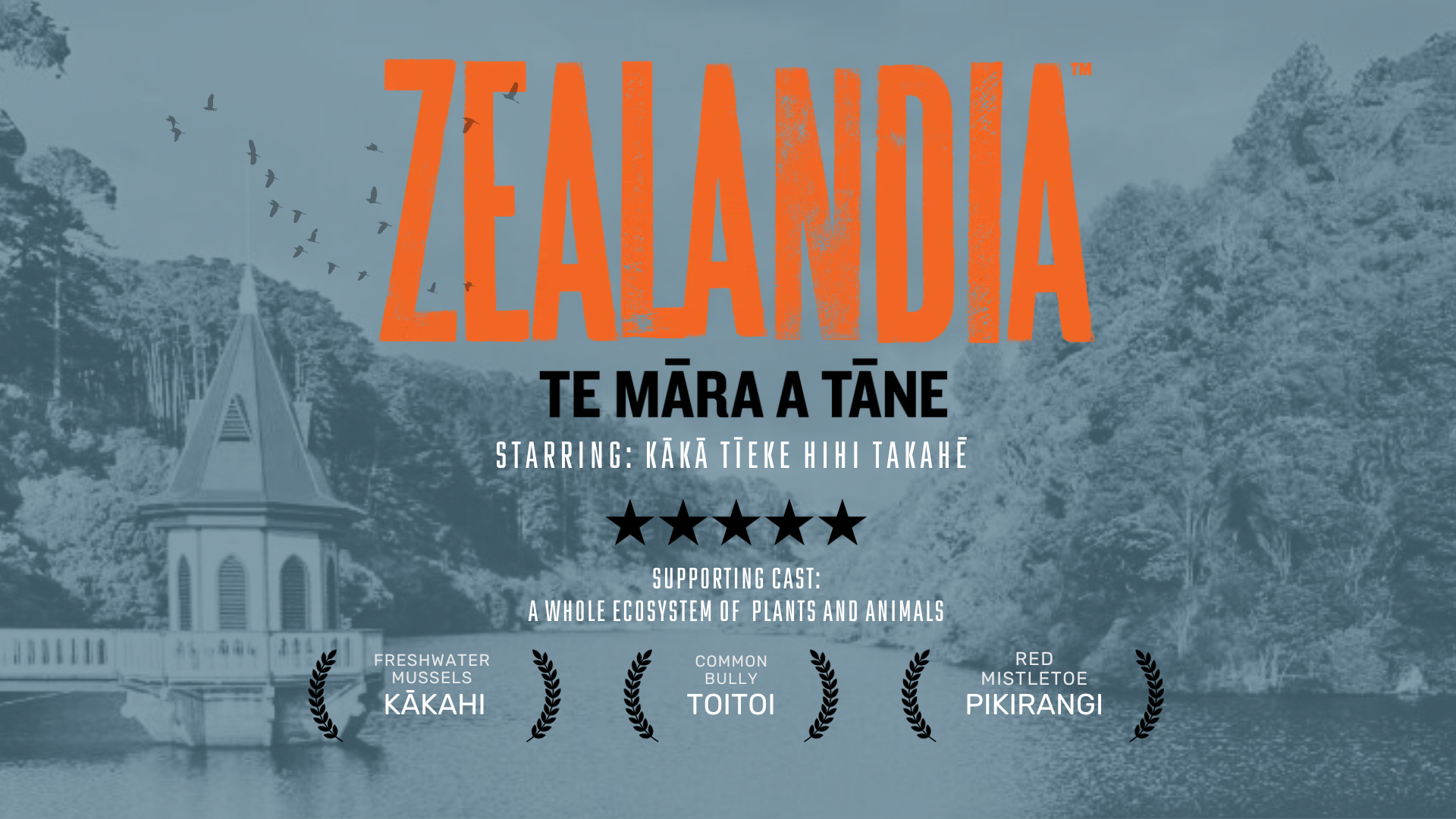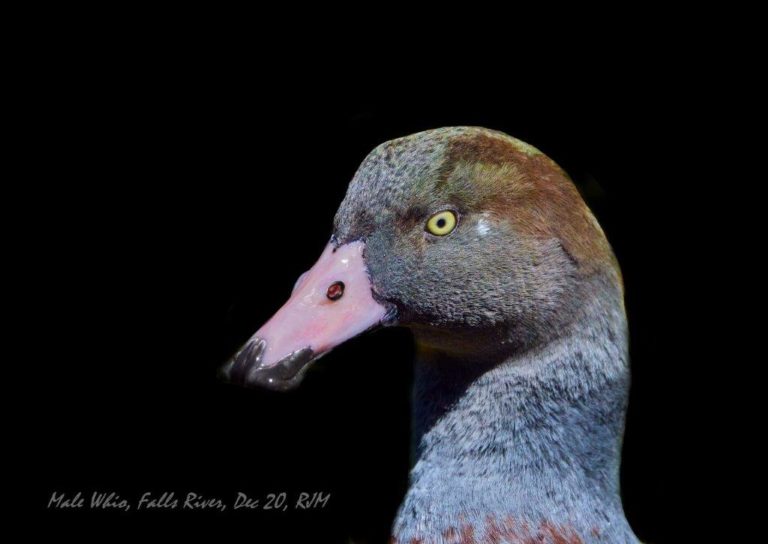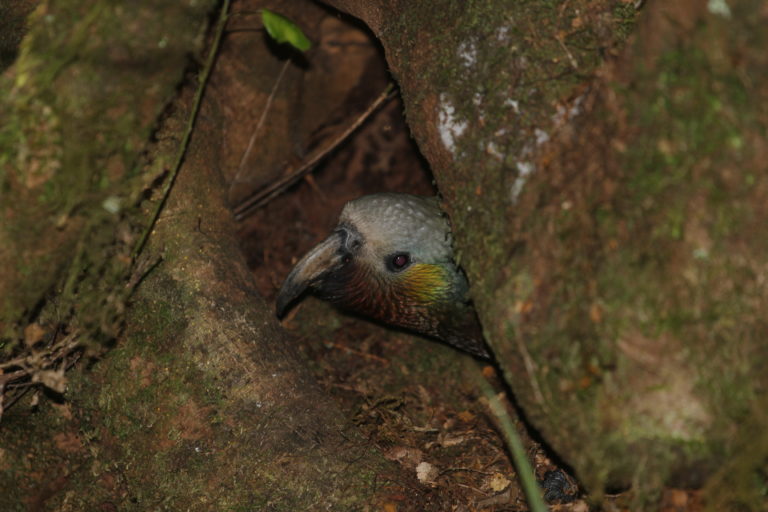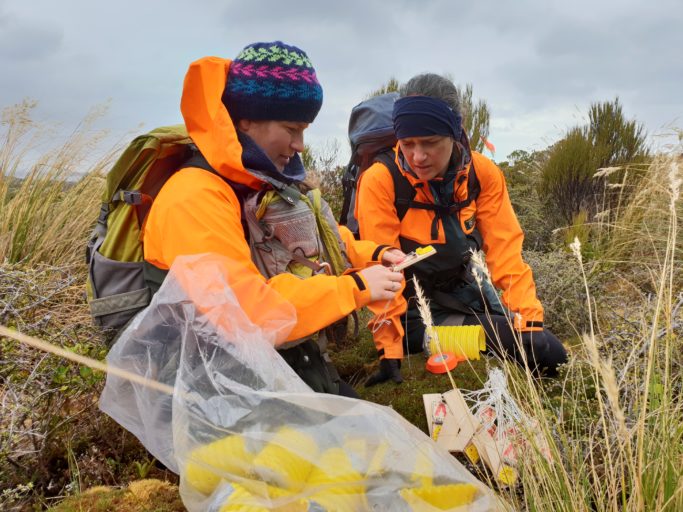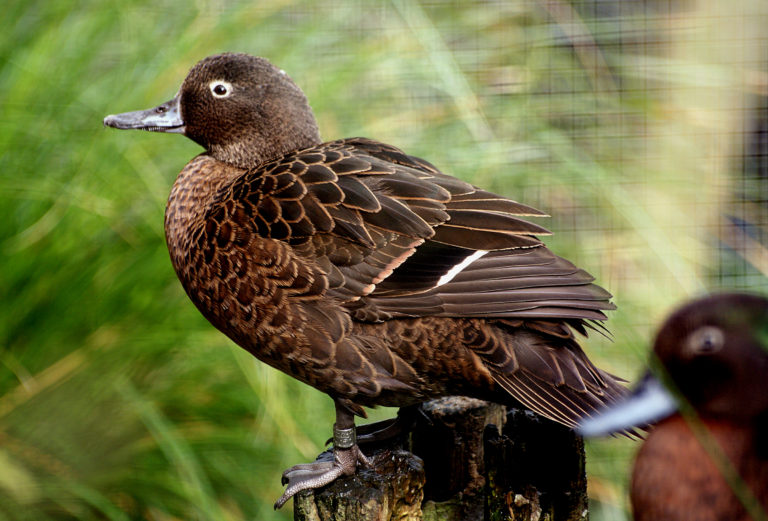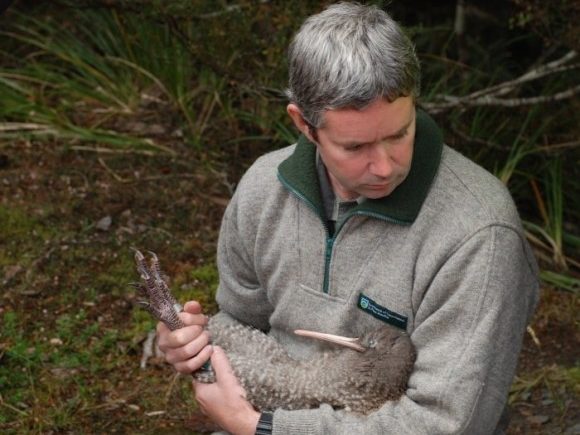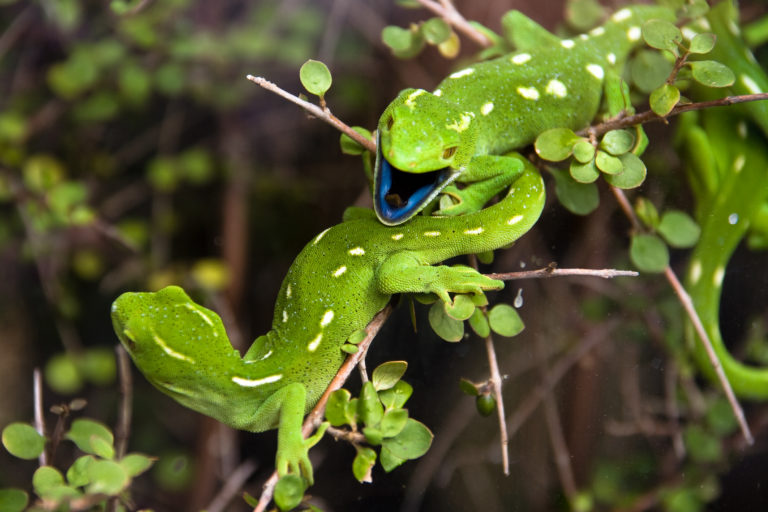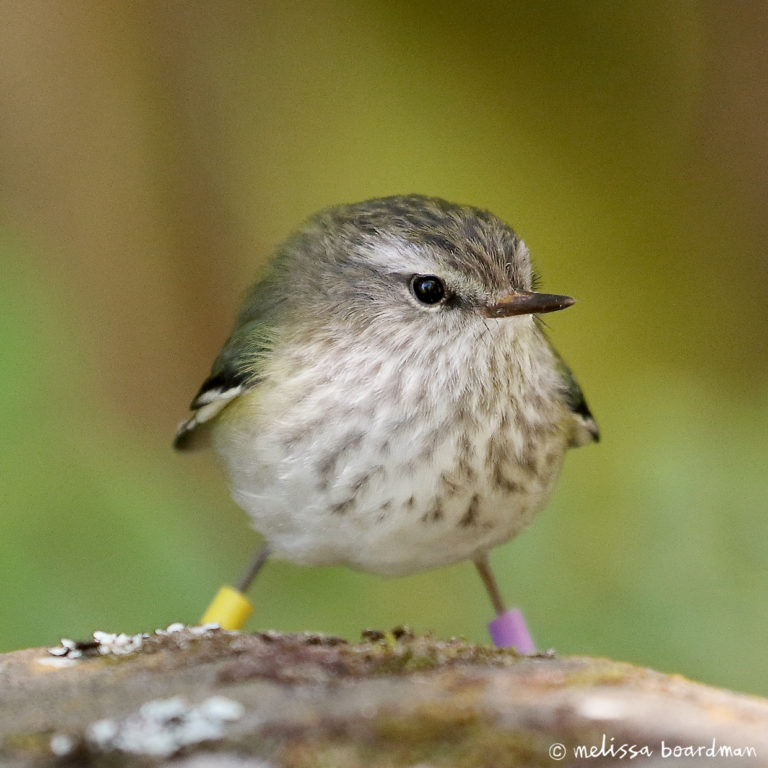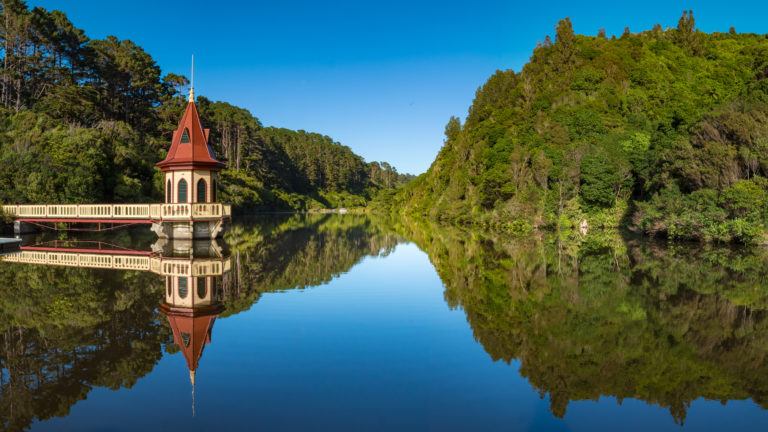Other articles tagged with Islands, sanctuaries and projects
“The rarest bird you’ve never heard of”: last stand against feral cats for southern dotterel
Six rangers and 472 feral cat traps stand between the pukunui (southern NZ dotterel) and oblivion.
Kākāpō comeback: will Predator Free Rakiura restore a lost wilderness?
Once, under the towering rimu and tōtara of Rakiura (Stewart Island), the booming calls of kākāpō resonated through the night.
Why is Zealandia Te Māra a Tāne translocating so many “unusual” species?
At Zealandia birds like kākā and takahē create a lively canopy and forest floor. But behind the scenes, there is a complex web of connections.
Combined control contains the key to whio population growth
A seven-year Department of Conservation study into combined predator control methods has revealed great news for the survival of our native whio (blue ducks).
Sugar intake of kākā measured at ecosanctuary feeders
Do Orokonui Ecosanctuary kākā benefit from supplementary feeding or might it be upsetting the nutritional balance of their diet?
Maukahuka Pest Free Auckland Island: Will it work?
This week marks the publication of the Maukahuka Pest Free Auckland Island project report on the technical feasibility of eradicating pigs, cats and mice from Auckland Island.
Researchers evaluate what pāteke need for successful reintroduction
Pāteke/brown teal are mainly nocturnal, small dabbling ducks found only in New Zealand. They once inhabited a wide range of habitats.
What’s outside the fence matters too
Fenced sanctuaries offer a way to create areas of rich, predator free habitat for vulnerable species. But what about the habitat outside the fence?
Volunteers monitor kiwi dispersal for 8 years
Between 2010 and 2016, Friends of Flora and DOC translocated 44 roroa (great spotted kiwi) to the Flora Stream area in Kahurangi National Park.
Lizards counted on predator free Kāpiti Island
What a difference 20 years makes! The lizards of Kāpiti Island have now had 20 years of living rat-free - so how are they doing?
Less stress = translocation success for tiny rifleman
Finding ways to reduce translocation stress can save lives. And the lives that are saved are often those of rare and endangered taonga.
Tūī numbers treble in predator control study
Researchers looked at how bird populations on the Ipipiri Group in the eastern Bay of Islands, responded to predator control by Project Island Song.
What’s happening up in the hood?
Rats have discovered that the rolled steel hood (designed to stop mammals climbing over the fence), also makes a great way to get around, safely out of reach of their own predators like stoats and cats.
Ecosanctuaries in the spotlight
Ecosanctuaries are our modern-day ‘Noah’s Ark’ and range from small islands to ring-fenced sanctuaries like Maungatautari, Orokonui and Zealandia.
Hauraki Gulf islanders surveyed on pest control attitudes
Predator eradication becomes more complicated when people are living onsite, so how do Hauraki Gulf Islanders feel about predator control?

